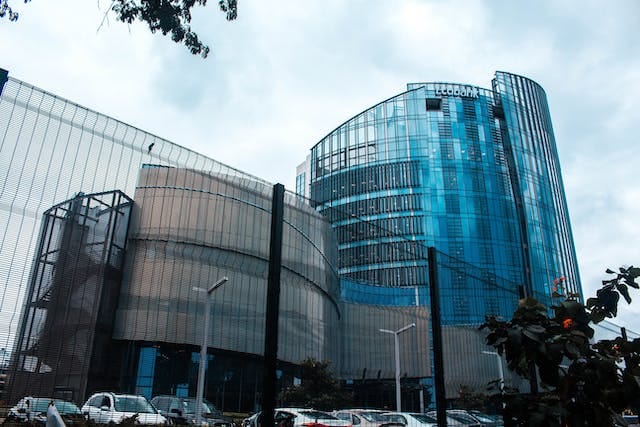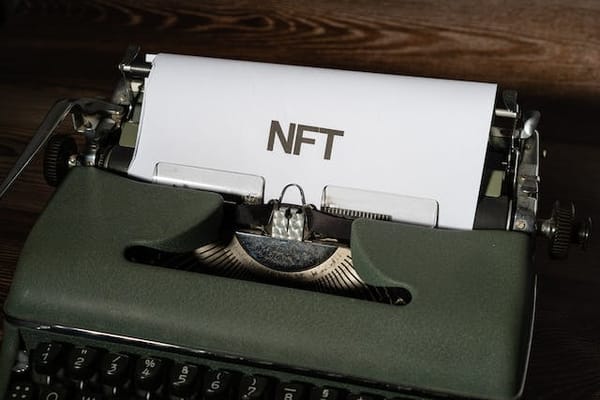Fiscal Policy and Government Spending: A Comprehensive Guide
Master the economic landscape with our guide on Fiscal Policy and Government Spending. Explore impactful financial strategies and government budgets for economic well-being

Navigating the tides of fiscal policy and government spending can be likened to steering a mammoth ship across the unpredictable waters of the economy. A skillful approach can propel nations towards prosperity, while a misstep could lead to fiscal storms. In this extensive exploration, we will delve into the deep waters of fiscal policy and the intricate art of government spending, dissecting their mechanics, impacts, and the various dilemmas faced in policy implementation.
Introduction: Unleashing the Power of Fiscal Policy
Fiscal policy is a critical component of economic stewardship, wielded by governments worldwide in the quest for economic stability and growth. It encapsulates the decisions surrounding government expenditure, revenue collection, and debt management, all with the aim of influencing the level of economic activity. Broader than the more frequently discussed monetary policy, fiscal policy extends a direct hand in steering the economy, addressing issues from recessionary slumps to inflationary pressures.
In the wake of the global financial crisis, the role of fiscal policy has surged to the forefront of economic debates. Policymakers, economists, and fiscal analysts are re-evaluating the potency and nuances of fiscal tools as catalysts for recovery and sustainable growth. Understanding fiscal policy is therefore crucial, not only as an academic exercise but as a practical guide for shaping the economic future.

Overview of Fiscal Policy: Charting Economic Courses
Before exploring the depths of fiscal policy, it is essential to chart our course with a clear understanding of its objectives and the role of the government within the economy.
Definition and Objectives
Fiscal policy is the use of government spending and taxation to influence the economy. Its objectives are threefold: achieving full employment, stabilizing prices, and maintaining a steady, sustainable growth rate. In essence, fiscal policy is a multi-tool approach used to correct the economic course, whether to avert recession or cool an overheating economy.
The Role of Government in the Economy
Governments are central economic actors, with the power to dictate policies that profoundly affect the livelihoods and economic activity of their constituents. Through fiscal policies, governments provide the necessary framework and resources to enhance productivity, foster innovation, and provide a safety net for the populace. The interplay between fiscal decisions and the economic environment is intricate and far-reaching.
Types of Fiscal Policy: Adapting to Economic Climates
Fiscal policy is not a one-size-fits-all endeavor. It adapts to the current state of the economy, employing different strategies depending on the challenges at hand.
Expansionary Fiscal Policy
This policy is deployed in times of economic recession or stagnation. It involves increasing government spending, reducing taxes, or a combination of both. By injecting more money into the economy, expansionary fiscal policy aims to stimulate aggregate demand, thereby spurring economic growth and reducing unemployment.
Contractionary Fiscal Policy
Conversely, when an economy is overheating and inflation looms, contractionary fiscal policy comes into play. It includes cutting back on government spending and increasing taxes to mitigate the excessive aggregate demand. This strategic reduction is designed to tame inflation and prevent an economic bubble from bursting.
Neutral Fiscal Policy
In times of relative economic stability, the objective is to maintain the status quo, not to stimulate or slow down the economy. Neutral fiscal policy seeks to balance the government's books without explicitly attempting to influence economic activity.
Tools of Fiscal Policy: Crafting the Economic Narrative
The tools at the disposal of fiscal policy are grounded in the day-to-day financial practices of governments. Each tool serves a distinct purpose in adjusting the intricate gears of the economy.
Government Spending
One of the most direct ways to influence the economy is through government spending. Whether on infrastructure, healthcare, or defense, the amount and allocation of government expenditures can have a significant impact on the broader economic landscape. Increased spending can lead to immediate job creation and a ripple effect across industries, whereas cuts may dampen growth.
Taxation
Taxes are the government's primary source of revenue and are used both in isolation and in conjunction with spending to achieve fiscal objectives. By altering tax rates, the government can directly affect the disposable income of individuals and the profitability of businesses, thus influencing their spending and investment decisions.
Transfer Payments
Social security benefits, unemployment compensation, and other government-funded payments serve as a vital mechanism in fiscal policy. They provide financial aid to those in need, support income levels, and contribute to mitigating economic inequalities.

Impacts of Fiscal Policy: Shaping the Economic Horizon
The ripples of fiscal policy are broad and far-reaching, casting a shadow over various economic indicators and influencing the day-to-day lives of citizens.
Economic Growth
Fiscal policy, particularly expansionary measures, can be a potent driver of economic growth. By kick-starting spending and investment, the government can set the stage for a flourishing economy capable of creating jobs and raising living standards.
Inflation
Too much money entering the economy can lead to rising prices and inflation. Effective fiscal policy must find the delicate balance between stimulating demand and preventing the devaluation of currency.
Employment
In times of high unemployment, expansionary fiscal policy can lower the jobless rate by providing jobs through public works programs or by encouraging private sector hiring through increased demand.
Income Distribution
Through its tax and spending decisions, fiscal policy significantly impacts income distribution. Welfare programs, progressive tax systems, and other measures can help to alleviate poverty and promote social equity.
Challenges in Implementing Fiscal Policy: The Seas of Uncertainty
Effective execution of fiscal policy is not without its complexities and challenges. Navigating the path of economic recovery and growth requires the wits to overcome various obstacles and uncertainties.
Political Considerations
Fiscal policy is often fraught with political implications and short-term policy objectives that can diverge from long-term economic interests. Partisan politics, interest group pressure, and the desire for re-election can all complicate the application of sound fiscal policy measures.
Time Lags
The impact of fiscal policy is not immediate, leading to a significant time lag between policy implementation and visible economic effects. This delay can hinder the ability of policymakers to respond swiftly to economic changes.
Uncertainty
Economic forecasting and prediction vis-à-vis fiscal policy outcomes are inherently uncertain. This unpredictability can lead to policies that are too timid or too aggressive in their approach to addressing economic challenges.
Conclusion: Steering the Economic Ship
Fiscal policy is both a science and an art, the masterpiece of which is the economic canvas on which nations draw their futures. It pulsates with the ebb and flow of economic tides, reflecting the intricate dance between government decisions and the market forces at play.
Policymakers, economists, and fiscal analysts stand at the crossroads of opportunity and risk, their artistry in wielding fiscal tools shaping not only the next fiscal period but the economic trajectory for generations to come. As we continue to face an uncertain and rapidly evolving global economy, the mastery of fiscal policy remains as essential as ever for sailing toward the horizon of prosperity and stability.
For those with the desire to delve deeper into the policy intricacies, approach fiscal matters with analytical rigor and a keen eye on the broader socio-economic repercussions. Only then can the full potential of fiscal policy and government spending be harnessed to offer the promise of a buoyant and sustainable economic future.



